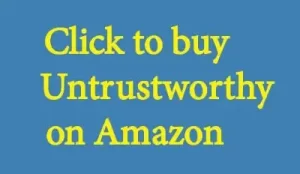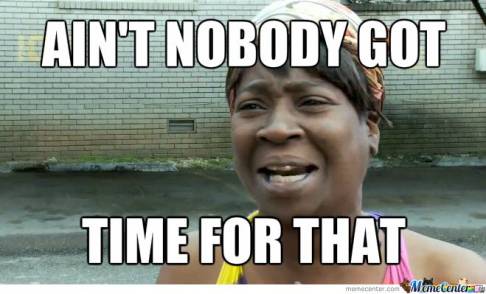What is writing freedom, and why is it important? It’s a piece of the writing puzzle that you simply cannot leave out.
Do You Have Writing Freedom?
The best definition I can give of this term is not only freedom of the press and freedom of speech, but also the freedom to write more or less what you want to. Of course, there are some exceptions even in an extremely free society.
But imagine living in a place where your choice of topics or genres or characters was dictated by the state. I couldn’t honestly find one (if you can, please comment!). But of course there have been plenty of times when tyrants controlled what the press could write about.
That’s more or less what state media is all about.
But let’s look at some other limits.
Libel
Of course, defaming someone in print is problematic. Sure, there’s no one staying your hand, or anything. But you really, really do not want to go down that road.
You would be on the business end of what could easily turn into a rather expensive lawsuit. That is not a place where anyone should ever want to be.
So, Dante notwithstanding, writing less than flattering things about your enemies is not a good idea.
A better idea? Change names and circumstances until the originals are no longer recognizable. If Zach from San Francisco becomes Amy from Buffalo, that’ll help.
Cultural Appropriation/Cultural Ignorance
Should men write women? After all, they’ve never been women. Yet this has being going on for centuries. If men did not or could not write female characters, we would never have literary characters like Juliet Capulet, or Dolores Claiborne.
Should younger people write older people? After all, they’ve never been in their sixties, eighties, nineties, or beyond. But we wouldn’t have Atticus Finch if authors didn’t do this.
Should people of one religion write people of another? That one’s a little trickier. I would suggest studying the rituals and the liturgy of the faith that’s not your own. And talking to adherents is never a bad idea.
At the same time, writers should keep in mind that adherents are all different, even those within the exact same sect.
… And Then There’s Race
Folks, we have now entered the minefield.
If you’re writing a Black character, for example, and you’re Asian, you probably don’t have the same experiences. And basing your character off Black characters you’ve seen on TV or in the movies is a surefire way to miss the boat on doing it right.
After all, popular culture is rife with exaggerations. But that’s kind of the point, particularly in comedy. Eddie Murphy as Axel Foley is rather different from Diahann Carrol as Julia Baker.
If you Frankenstein together your character based on that, well, you’re bound to be writing something truly offensive. And don’t get me started with characters who are essentially an illustration of White Savior Syndrome.
But Shouldn’t Writing Freedom Include the Freedom to Write a Diverse Cast of Characters?
Absolutely! Not only is this all right, it’s downright necessary if your writing takes place in the present time. Never seeing a Black doctor in your medical drama, or an Asian construction worker kinda denies reality.
Unless you’re trying to illustrate discriminatory hiring, or maybe all a racist character ever sees or hears.
It’s also a good stretch. Adding characters who are different from you can add some depth to your prose.
Respectfully Handling the Writing Freedom to Write Characters Who Are Not Like You
What is the easiest and most effective way to make sure you’re writing from a position of respect when you’re writing people who are not like you? The method should come as no great shock.
Talk to the people who are in the same race, religion, gender, etc. of the character you’re trying to write. Ask them if your prose works. Find out what they’re okay with, and what they’re offended by. And ask lots of people! Again, one opinion is not enough.
Don’t Abuse Your Writing Freedom
Just because society or the government doesn’t restrict the kinds of characters or stories you can write, doesn’t mean you should go out and just write whatever, willy-nilly, because you feel like it. Not when respect for real people’s identities is at stake.
Being sensitive to different kinds of people, and different kinds of characters, makes you a better writer.
So, remember, remember the fifth of November—which also happens to be Election Day here in the US—and I hope you’ll also remember to treat diverse characters with as much dignity and respect as you do real folks.
Leave a Comment









You must be logged in to post a comment.